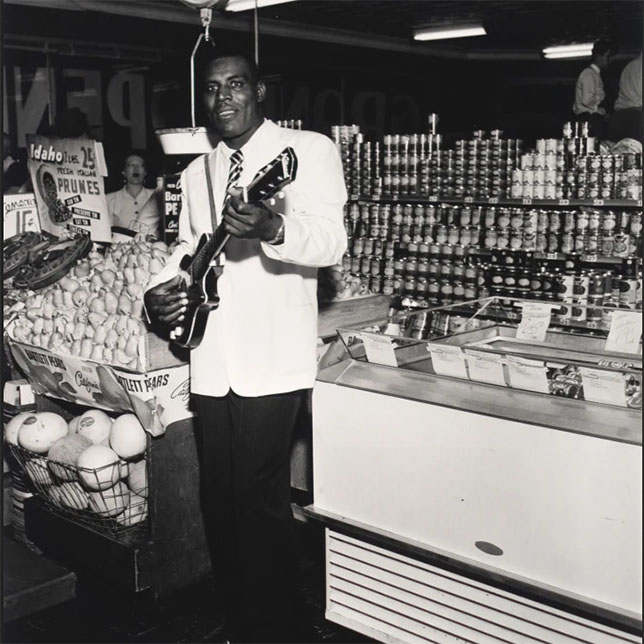

Meredith, the first African American enrollee at the University of Mississippi, had been wounded by a sniper the day before near Hernando, Mississippi. Martin Luther King and others participated in the James Meredith March Against Fear. Was he a traitor to the civil rights movement he so eloquently photographed or is there more to his story?Įrnest Withers (far right with camera) was there June 7, 1966, when Dr.

The Commercial Appeal newspaper, which covers Memphis, discovered Withers essentially lived a double life, having worked as a paid informant for the FBI for years. From the iconic image of Emmett Till's mutilated body to the now-legendary shot of sanitation workers standing shoulder to shoulder in Memphis, Tennessee, carrying signs that read, "I Am a Man," Withers' photos spread awareness about the injustice of Black America.īut his legacy got a little more complicated in 2010. As a photojournalist, Withers captured incredible images of key moments in American history.

courtesy of the WITHERS FAMILY TRUSTĮrnest Withers might not be the best-known name of the civil rights movement, but he was its best-known photographer. One of Ernest Withers' most famous photographs, "I Am A Man," was taken at the sanitation workers strike in Memphis, Tennessee, in 1968.


 0 kommentar(er)
0 kommentar(er)
